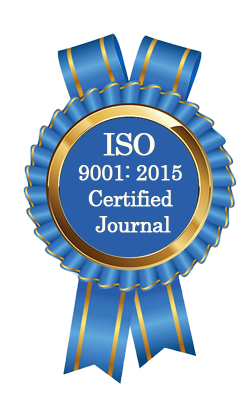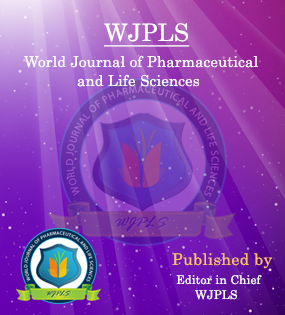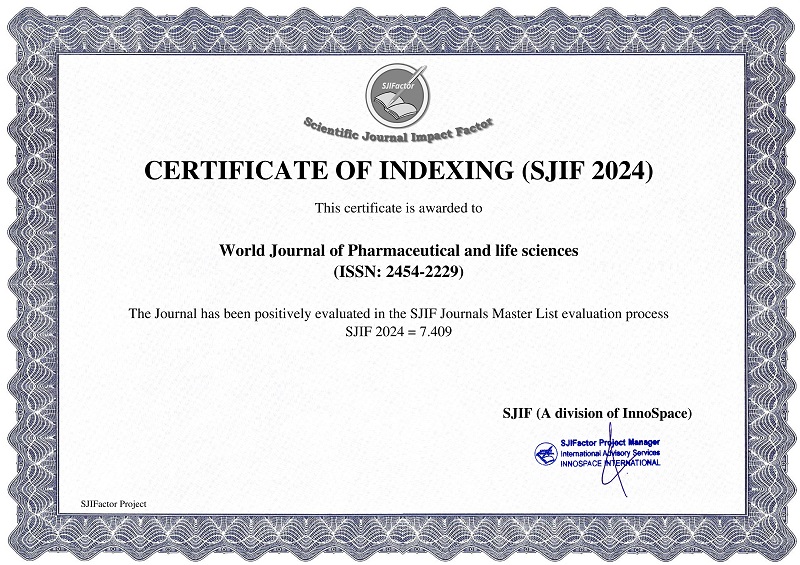Abstract
ESTABLISHING THE NOSOCOMIAL BACTERIAL CONTAMINANTS ISOLATED FROM ITEMS AND WORK SURFACES, AND THEIR ANTIBIOTIC SUSCEPTIBILITY PATTERNS IN THE POST-OPERATIVE WARD AT AMRIYA GENERAL HOSPITAL/ ANBAR HEALTH
*Dr. Saadi Shakir Mahmood and Mustafa Sayel Mayyah
ABSTRACT
Nosocomial infection is a major problem in the health-care delivery system especially in developing countries due to the limited resources. The roles played by medical care equipment and work surfaces in the transmission of such organisms have inevitably contributed to the elevated mortality, morbidity and antibiotic resistances. This study aimed to establish the nosocomial bacterial contaminants often found on hospital fomites, cover items and work surfaces, and their antibiotic susceptibility patterns predisposing patients to infection in the post-operative ward at Amriya general hospital. A total (150) samples were collected during the study from Amriya general hospital. Swab samples were collected from various work surfaces and fomites which consisted of beds, sink taps, infusion stands, switches, work tables and scissors. Cultures were done and the susceptibility patterns of the isolates were determined using Kirby Bauer disc diffusion method. Results showed that 67 (44.7%) of the collected swab specimens represented the overall bacterial contamination of the sampled articles. Staphylococcus aureus and Klebsiella pneumoniae accounted for the highest bacterial contaminants constituting of 71.6% (48/67) and 11.9% (8/67) respectively. Patient beds were found to have the highest bacterial contamination levels constituting 20.9% (14/67). Vancomycin, ceftriaxone and ciprofloxacin were the most effective antibiotics with 100%, 73.7% and 73.7% sensitivity patterns among the isolates respectively. Multi-drug resistant (MDR) Staphylococcus aureus accounted for 52.1% (25/48) with 8% (2/25) classified as a possible extensively drug resistant (XDR) whereas Gram negative isolates had 31.6% (6/19) MDR strains out of which 50% (3/6) were classified as possible pan-drug resistant (PDR). It can be concluded that the high prevalence of bacterial contaminants in the hospital work environment is an indicator of poor or ineffective decontamination. The study findings focused on the necessity to formulate drug usage policies and re-examine effectiveness of decontamination and sterilization practices within Amriya general hospital. We also recommend installation of a sound Microbiology unit at the hospital to perform susceptibility testing to check the empirical use of antibiotics as a way of reducing the rampant elevation in drug resistance.
[Full Text Article] [Download Certificate]WJPLS CITATION 
| All | Since 2020 | |
| Citation | 590 | 424 |
| h-index | 12 | 10 |
| i10-index | 17 | 14 |
INDEXING
NEWS & UPDATION
BEST ARTICLE AWARDS
World Journal of Pharmaceutical and life sciences is giving Best Article Award in every Issue for Best Article and Issue Certificate of Appreciation to the Authors to promote research activity of scholar.
Best Article of current issue
Download Article : Click here





